As we traveled, Michael gave all of us background knowledge that we would need to fully understand and learn from the destination that we would be visiting. After giving the information he would check for understanding every time. He did this by walking the aisle asking each person on the bus a question. He would return to the bus microphone and clarify any questions people had, he engaged the adults on the bus the same way he did the kids. We then experienced the historical site, or venue and had time to hear additional information from a local guide, and explore on our own. But before releasing us each time to wander, Michael asked a question he wanted answered when we returned. After time alone, we returned to our bus, our classroom. Michael would unpack our experience. And then again walk the aisle of the bus and get specific feedback from every traveler. He would use the questions and reflections that he collected to guide our learning as we moved to the next destination.
I made a decision sitting on the bus. I wanted to be a traveler and to learn and go deeper. I approached every experience differently with that mindset. I needed content and background knowledge, I needed to document and take pictures and make connections along the way. I needed to enter each experience with questions that I was looking for the answers to. And I needed a time and space to share what I observed and learned.
In parting Michael shared a beautiful poem, "Ithaka" by C.P. Cavafy. My journey wrapped up with me searching to find the text and soak it all in. (Here is also a youtube link of Sean Connery reading Ithaka.)

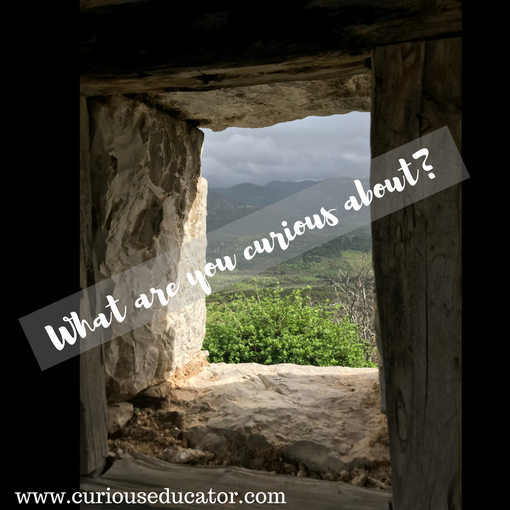
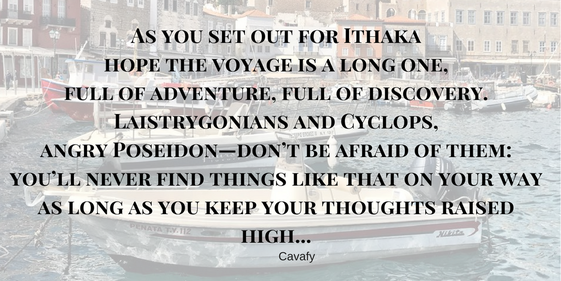
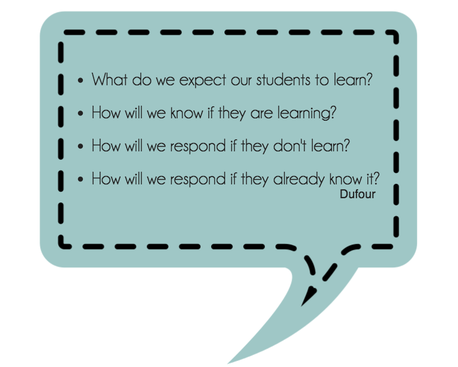
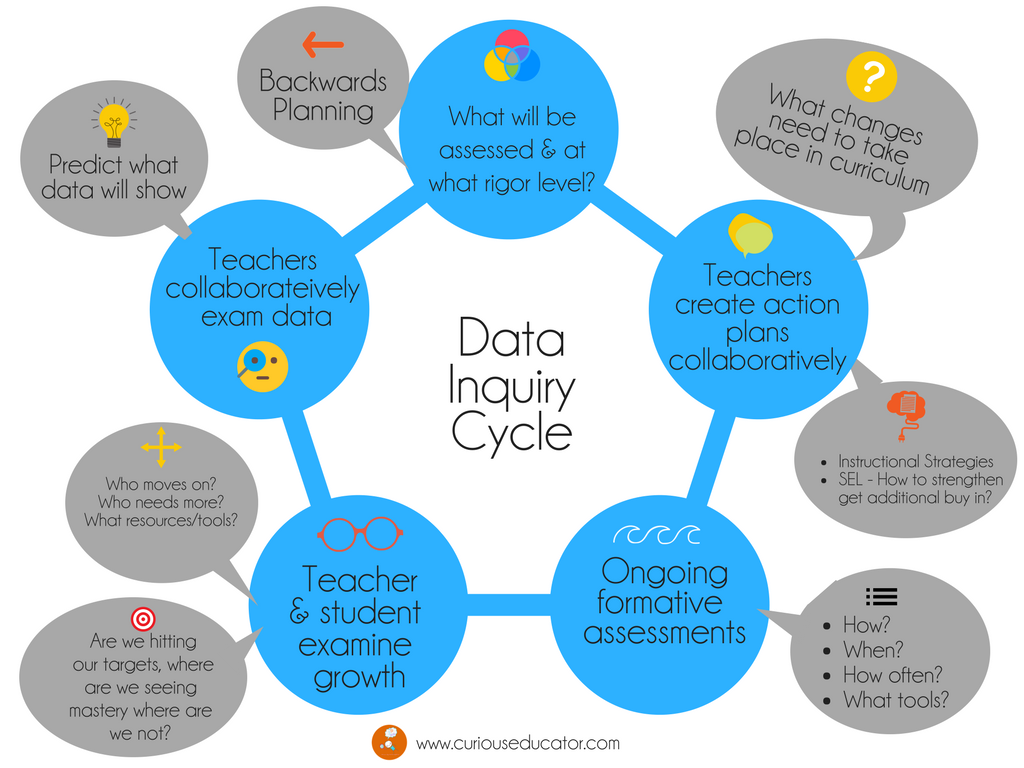
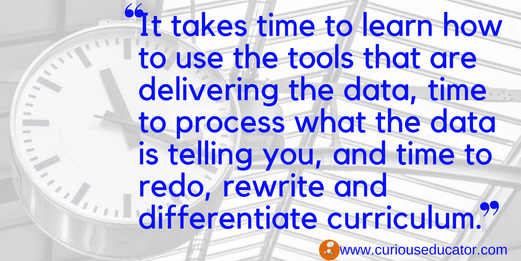

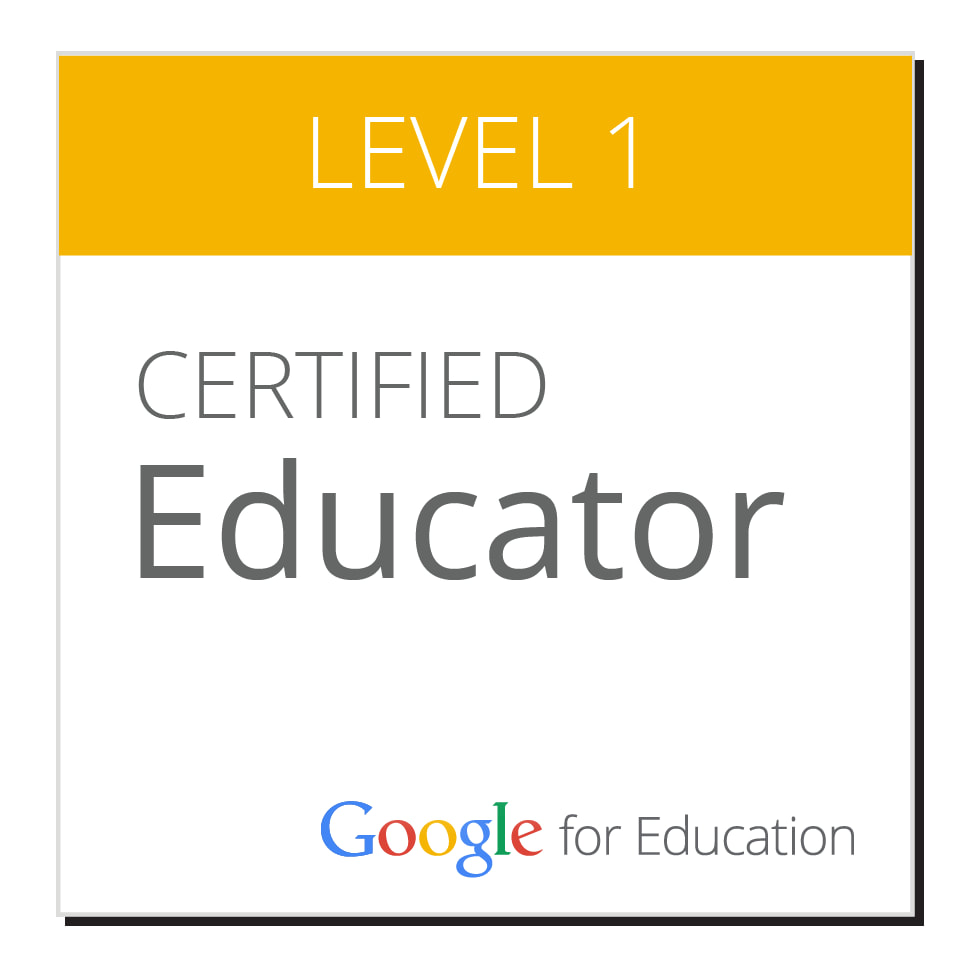
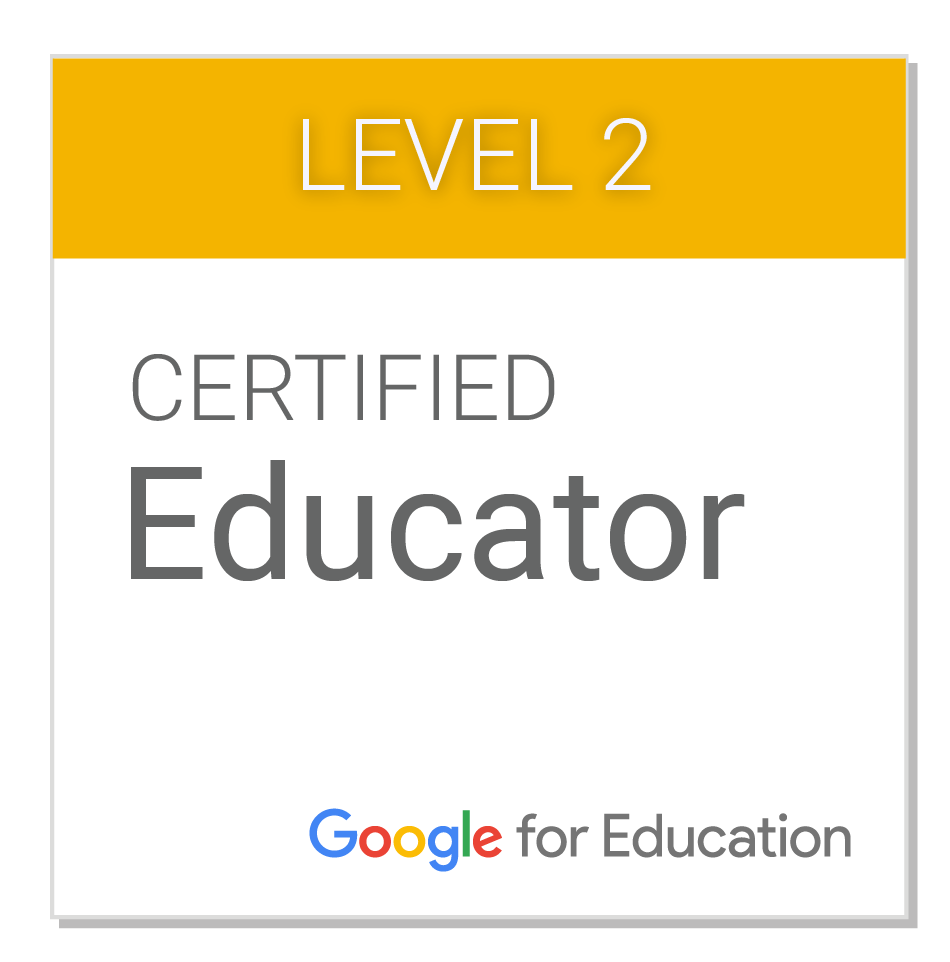
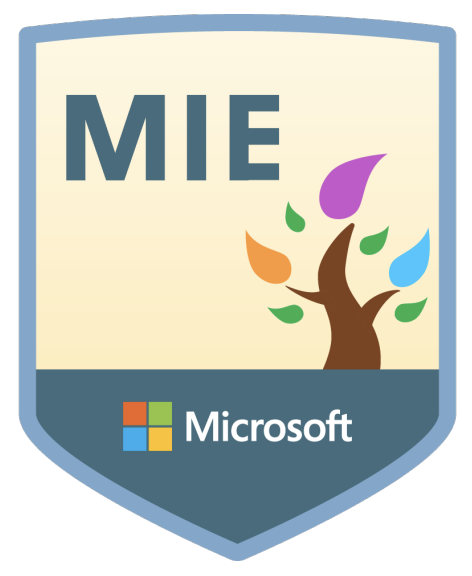
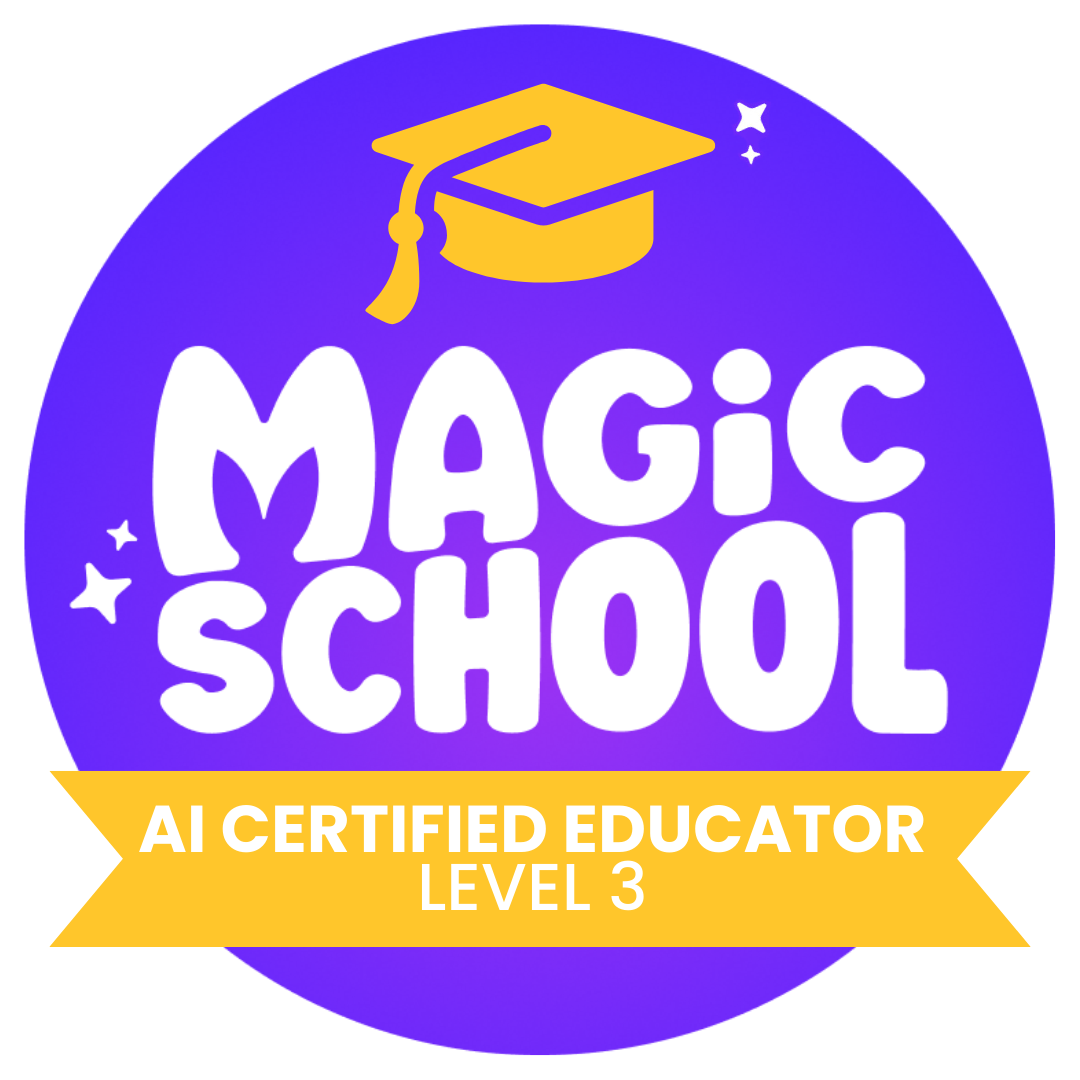

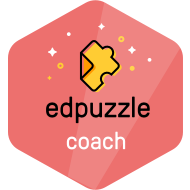
 RSS Feed
RSS Feed
